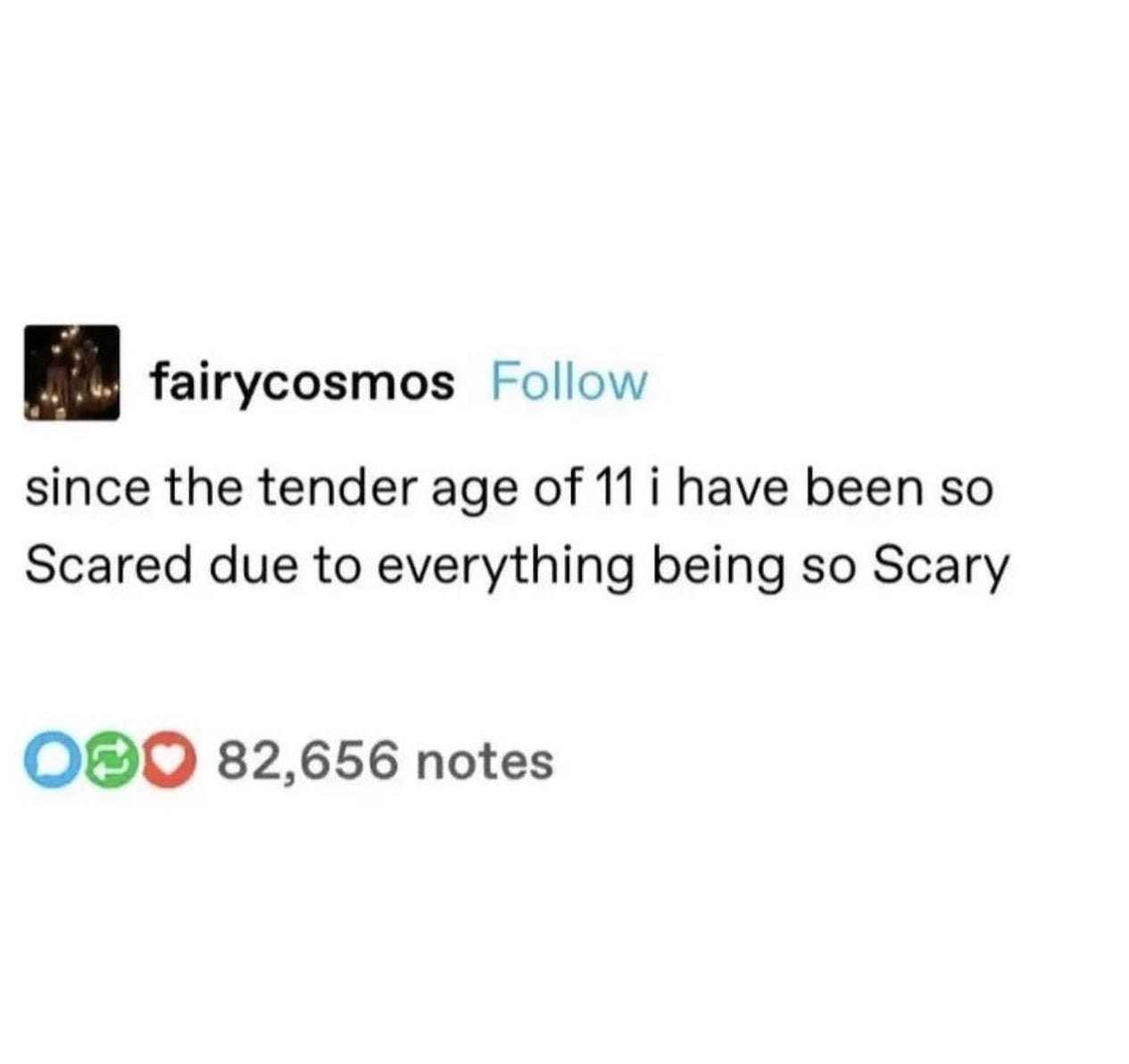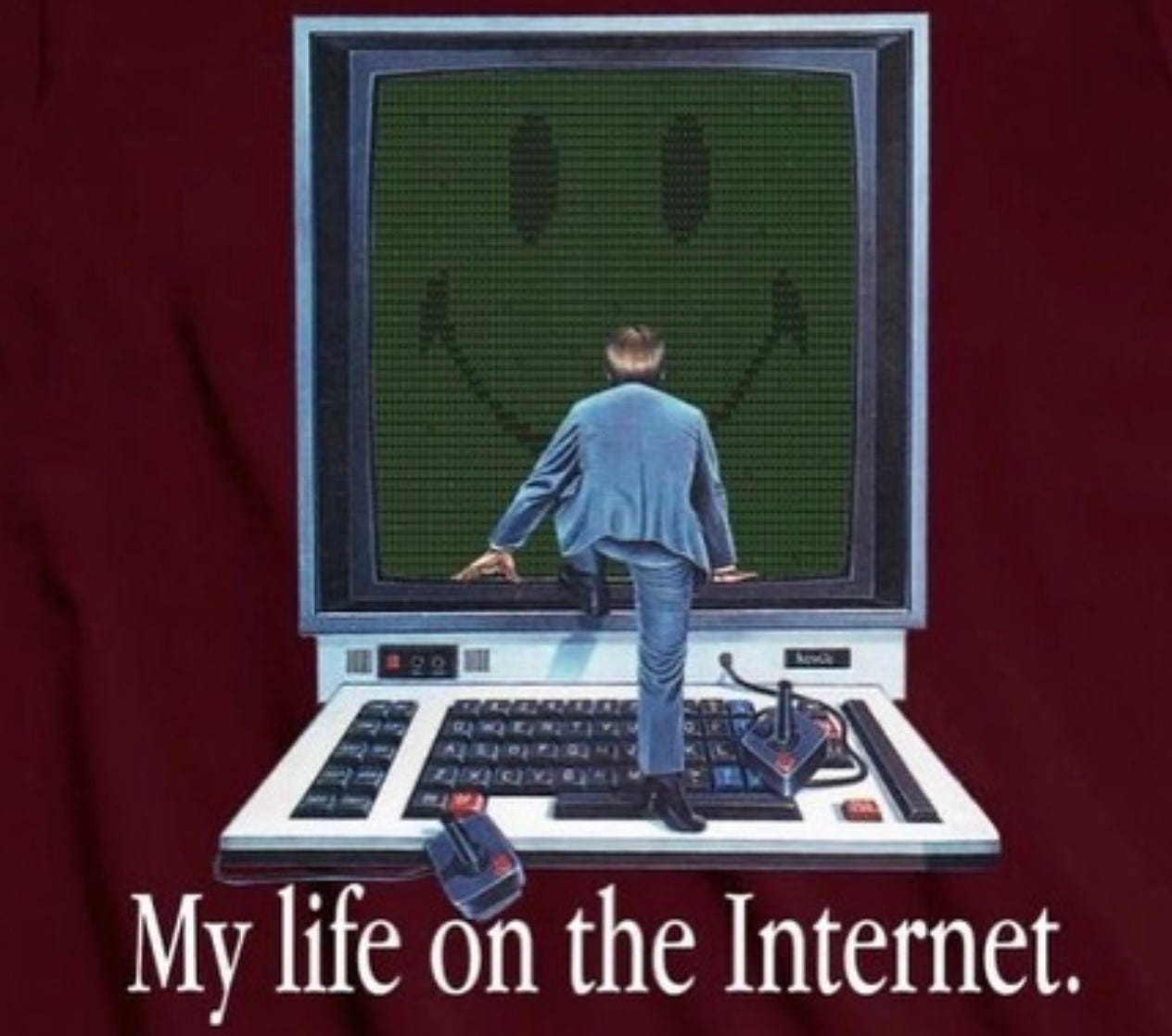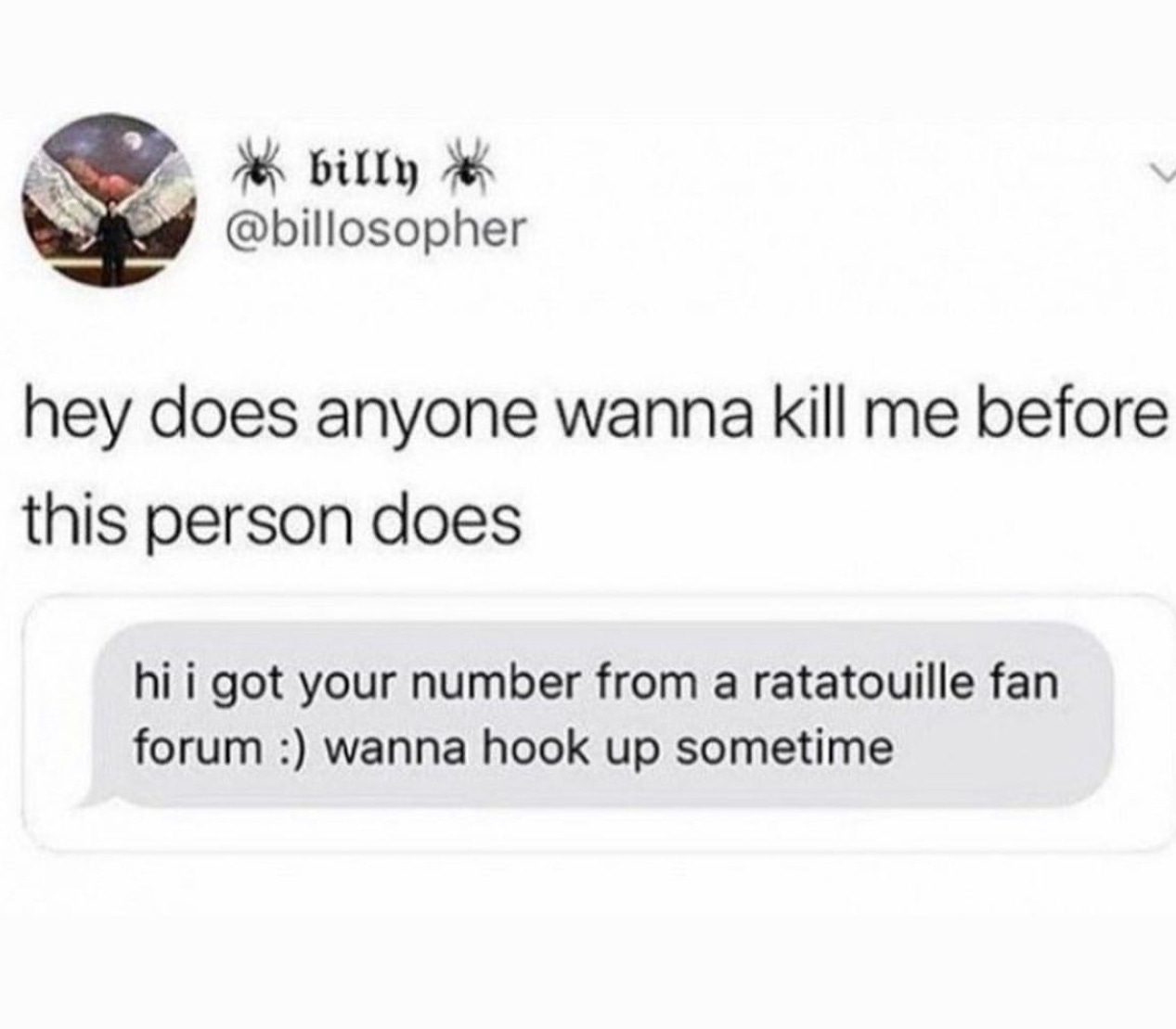When I was in junior high, my parents bought me a clunky gray desktop computer. The computer sat glowing on my desk in my room; they didn’t know how to use it, and understood the internet as a useless and limited space where one could chat on AOL, look up random information or play games.
In the late 90s, because the lawlessness of the early internet allowed these sites to thrive like plants in a small terrarium, I soon discovered Rotten.com and Ogrish.com, (and later, Liveleak and BestGore), so-called shock sites that allowed users to upload unedited, uncensored videos of executions, accidents, surgeries, and other videos depicting death and serious injury. Rotten’s tagline was Pure Evil Since 1996 while Ogrish’s was Can you handle life?
On Rotten and Ogrish, I witnessed grainy beheadings, accidental deaths, car accidents, and suicides. Like a lithograph, the contorted, suffering expressions on people’s faces burned into my memory. Torn between my curiosity about what the unfiltered world was really like, and fear of the gore and chaos, I returned to them again and again.
Prior to watching these videos, I conceived of death as a phenomenon which occurred off-screen -- one just blips out of existence. I had an abstract concept for death as a transition between existing and not existing, but not for dying.
When I was around 8, before I had access to the internet, I confided in my mother that I was afraid of death. I don’t remember what sparked my spiraling, but I remember being gripped by the fear that my parents, who I loved, would suddenly disappear. And I was afraid that I would die and lose the tiny moving parts that comprised my joy -- afternoons at the book fair or swimming at the YMCA, the time spent with my angry little dog, writing stories in my pink notebook with kittens on the front and a tiny locket on its side. My mother dismissed me by saying, you don’t have to worry about that happening to anyone you know for a very long time.
I didn’t know what a long time was. Her statement exacerbated my anxiety -- death was hiding somewhere unpredictable -- and did nothing to soothe my suspicion that after one died, an unknowable void swallowed their consciousness into darkness.
‘A long time’ proved to be only a matter of years.
When I was 15, my mother called me while I was away on a summer trip and informed me my grandfather died. When I asked when the funeral was, she said they had it without me. She wanted to spare me from the traumatizing experience of viewing my grandfather’s corpse, but without a tangible ritual to bookmark his life, I felt unresolved about his death. I didn’t feel protected but deprived of closure, like I couldn’t be sure he really died.
My grandfather died of lung cancer, and my parents spoke about the fact that he never smoked (though my grandmother did) as an expression of disbelief. I can’t believe this happened to him, my mother said. I was confused about her conflicting statements: that death happened later on, far away, or for a reason, but also to my grandfather in his house, for an unknown reason.
Two years later, my father was hospitalized a month before his death. Like my grandfather, my mother forbade me to visit him.
By watching videos of people dying online, I tempered my fears of death. These tangible visions of death traumatized me, but appealed to me more than pretending people disappeared when they died. I knew that someday everyone I loved -- my pets, my friends and family, the old guy who owned my favorite deli -- would die. I felt compelled to face this reality, and the taboo quality of visiting these sites further enticed me.
I watched shaky handheld videos of war in countries unrecognizable to me. These videos taught me suffering and death were random and unearned -- a psychic antidote to my family’s confusing notions that death could be traced to a reason, except when it happened to us. The only difference between myself and the people in the videos is that they died, and I didn’t.
The content on these sites was replenished often and seemed endless. The list of videos were randomized, and lived beside one another in thumbnail form on the homepage, titles sliced off by the small amount of space allotted beneath each video still. Man cuts off his ow… beside Beheading by mach… beside Guy electrocuted hims…, and so on.
As I stumbled from video to video, I developed a curiosity for watching body modification content. I watched the BME Pain Olympics, where the goal was to complete the most extreme and painful body modification -- to showcase the limits of the human body on video.
One competitor sawed his own dick off with a hunting blade (I later discovered he did not win). There was a video of a guy who trapped his dick between two panels of plexiglass, then screwed them together to flatten it like a sheet of paper. These videos were like an act by a traveling salesman, where the product was the human body: behold the capabilities of both the human body and the internet, they seemed to say.
I was curious about what motivated these people, and impressed by their dedication to using their bodies as a kind of extreme performance art, showcasing how a body can be molded and changed. In high school, I had around 15 piercings and used to cut myself as a coping mechanism for stress. I didn’t want to die, but attempted to control my invisible psychic pain by drawing it into the physical world where I could capture and know it, and trace its contours on my wrists and thighs. I was curious about what pain was -- its many types whose textures overlapped and diverged in similarity.
I looked at their bodies and in some way saw my own body and its mortality -- its limits, the way it was resilient but delicate and malleable. These videos inspired some confidence in me that I could recover from injury. These videos counteracted the fear inspired by death videos; they showed me that while a body could be mushed into a paste by a bus moving at only 10mph, it was also a self healing machine that was resistant against all sorts of sharp and unforgiving objects.
In a 2011 study, cognitive neuroscientist Marjolein Kammers discovered evidence suggesting that poking a wound, also called self-touch, “enhances the brain’s map of its body — providing a larger locus of control and reducing pain’s intensity.” The more closely the brain understands its own pain, the more it can decrease that pain. Joining two separate parts of the body by touch communicates new information to the brain about what the body is experiencing -- and this deeper understanding is self-soothing, reassuring the brain that the body is still intact.
These were years when I subconsciously built my psychic map of uncharted territory -- injury and the possibility of death.
By 2012, the novel curiosity of gaining access to something forbidden wore off. But when a new sensationalized death or disaster garnered media attention, I almost always sought out the video. I remained fascinated and amazed by this bookend to life that arrived for everyone by seeming happenstance.
That year, a Canadian man named Luka Magnotta filmed himself murdering a man named Lin Jun and uploaded the video to BestGore. The site grew freely over the past 10+ years, with memberships and a comment section beneath each video. The Magnotta incident occurred in the dusk of ‘wild west internet’ years, just before stricter regulations, teams of content moderators and waves of promoted content flooded the internet. BestGore was refreshed daily, and remained a self-proclaimed source of “reality news.” Magnotta was already on police radar for uploading videos of himself torturing and killing animals, but police did not connect Magnotta to his self-titled ‘1 Man 1 Icepick’ video until almost five days after he uploaded it and Jun’s body was discovered in a garbage pile outside Magnotta’s apartment building.
By the time police discovered Jun’s body and realized 1 Man 1 Icepick was not a prank, the international manhunt for Magnotta began in real-time. On the internet, forums roiled with theories and clues about Magnotta’s whereabouts. Magnotta was apprehended in a Paris Internet cafe, Googling his own crimes, almost two weeks after uploading the video.
I watched ‘1 Lunatic 1 Icepick’ video two or three days after it was uploaded, with my roommate. We spent hours browsing forums discussing the case, speculating on our own theories about the video’s credibility, then Magnotta’s whereabouts. It seemed a surreal, pivotal moment in the changing internet’s timeline, for Magnotta to commit murder with the intention of creating content on an easily accessible site like BestGore.
Despite my psychic map-making efforts, nothing prepared me for the unprecedented experiences of viewing my mother’s dead body in the hospital two years later. Later in 2014, I found my roommate dead of a heroin overdose. He died of an unexpected relapse, and I couldn’t explain why I instantly knew this to be true upon finding him, despite the lack of visible evidence. It was my first (and only, as of now) experience touching a cold body -- I pressed my fingers to his forearm just to be sure. Though he’d been dead for hours, I feared he might suddenly jump up and grab me, trying to take me with him.











Drew, I saw your story on Insta that someone was critical of this post and you were feeling badly about it. I wanted to share my opposing viewpoint.
For point of reference, I'm a writer, one finished novel and another in the works, plus a handful of short stories and poems, in search of an agent. For days after reading this post, I've been troubled by the suspicion that I will never be able to access nor express the horror and wonder of contemporary life as clearly, articulately, and hauntingly as you did in this post (and many of your previous posts).
Which is to say, don't lose heart. Keep doing what you're doing. It's moving and it's inspiring.
And if you haven't already, watch Don't F**k With Cats.